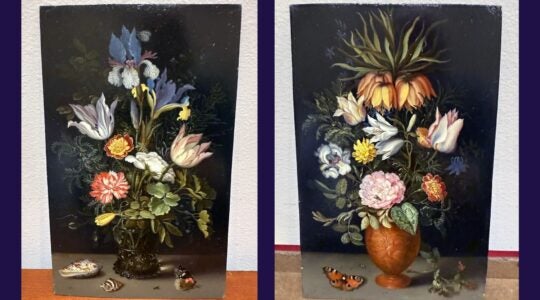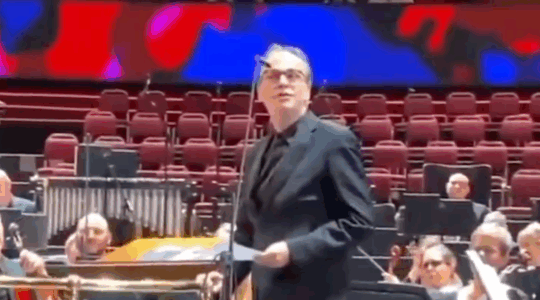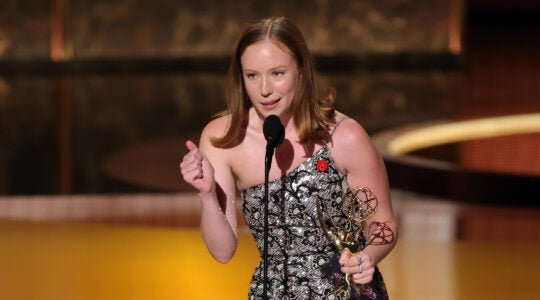Here’s an article you’re unlikely to find in the JTA. New York magazine’s 40th anniversary edition has published an elegy for the New York Jew that should provide more than enough fodder for some lively Rosh Hashanah dinner table conversations.
Writer David Samuels is both proud and chagrined by the rise and fall of the NYJ from the pinnacle of New York society.
First, the heights:
Future historians will record that the Jews replaced the old Protestant elite, who had run the city off and on since the eighteenth century until their power was finally shattered by the cultural metamorphosis of 1968, followed by the financial collapse of 1974. John Lindsay, New York’s last Wasp mayor, presided over a city falling into bankruptcy and seemingly irreconcilable racial and class tensions. Academics and residents agreed that New York City was deada mid-century idea on which the clock had finally run out. Lindsay’s successor, Abe Beame, was the first Jewish mayor of a city where Jews would assume the leading positions of political, economic, and cultural power.
But lest we get too proud, Samuels warns that the era of Jewish supremacy in New York is ending. In a turn that could be regarded as either flagrantly anti-Semitic or as caution against the perils of assimilation, Sameuls makes this observation:
New York may now be a center of global finance, but it is difficult to locate any equivalent, specifically Jewish, genius in the arts today. The collision of Jewish specificity and postmodernity will continue to give off sparks, no doubt, but the story of Jewish cultural life in New York City over the last 40 years is a story of triumph, then decline. If the rest of the world liked Jews better as victims and outsiders, it is possibleif great art, music, and literature is what you care aboutthat they may have had a point. As the barriers to Jewish acceptance fell away, so did our connection to shared communal values and the traditions of intellectual work that formed the common cultural inheritance of our grandparents.
New York Jews circa 2008 are wealthy white people whose protestations of outsiderness inspire blank stares or impatient eye rolling.
And this:
There is something ineffably sad and utterly American about the communal progression from tribal Judaism to a vague and watered-down idea of “Jewishness.” It’s like watching a family sell the old farmhouse to buy a drywall palace in the suburbs with twice the square footage and shiny new appliances.
And finally, this takedown of the entirety of the Jewish communal apparatus:
But the success of Lubavitch may equally be understood as a mark of a larger collapse: The Lubavitchers have succeeded by filling the spiritual and institutional void left by the disintegration of the traditional infrastructure of Jewish life in New York City. The modern Orthodox community, with its arid pseudo-intellectualism and high-priced schools, is an unlikely wellspring of Jewish revival. Reform and Conservative Judaism look increasingly like relics of the nineteenth and twentieth centures, respectively. It’s an open secret in the Jewish community that the galaxy of Manhattan-based Jewish organizations with impressive-sounding names like the World Jewish Congress exist for the most part only on paper.
Shana tova, indeed.
JTA has documented Jewish history in real-time for over a century. Keep our journalism strong by joining us in supporting independent, award-winning reporting.





